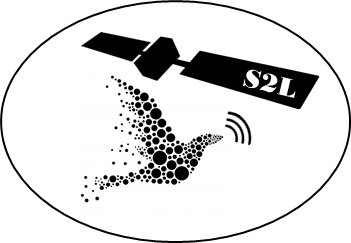Global Ecosystem Dynamics Investigation

Lead
Ralph Dubayah (UMD)
co-lead
Scott Goetz, Patrick Jantz, Patrick Burns
Keywords
Lidar, canopy height, canopy structure, aboveground biomass, surface topography, international space station, carbon cycle, biodiversity
Global Ecosystem Dynamics Investigation (GEDI) is a NASA Earth Venture mission designed to build, launch, and install a lidar (Light Detection and Ranging) instrument on the International Space Station, and derive a suite of forest canopy structure and biomass products. The GEDI lidar will fire billions of laser shots at the surface over the earth over its 2-year operational period (2019-2020) that will allow the science team to map forest canopy heights, canopy three-dimensional structure, aboveground biomass, and surface topography with unprecedented accuracy. GEDI data products will be useful for a range of science applications with societal benefits, including informing models of carbon and water cycling processes, biodiversity and habitat mapping, weather forecasting, forest management, glacier and snowpack monitoring, and more accurate elevation models of the earth’s surface.
This short video gives an excellent overview of the GEDI mission:
For more details, see the full story here.
More information about GEDI can also be found here or by clicking the project title, above.
How will forest ecosystems and hydrologic processes in the Delaware River Basin be affected by climate change and land cover change?

Photo by Keith Survell. 2017. “Pond Run Creek.” Shared on flickr (CC BY-NC-SA 2.0). Last accessed on July 17, 2017.
lead
Claire Jantz (Shippensburg University)
co-lead
Patrick Jantz
Keywords
Land use, land cover, climate change, hydrology, forest ecosystems, watersheds, Delaware River Basin
Our purpose is to explore how the multiple stressors of climate change and land use/land cover (LULC) change will alter hydrologic systems and forest ecosystems in the Delaware River Basin (DRB). To accomplish this purpose, our goal is to construct a basin-wide coupled modeling framework that builds on four existing models: a land use/land cover change model under development with funding from the William Penn Foundation (WPF) (C.A. Jantz et al. 2015), a gridded basin-wide hydrologic water budget model (Hawkins 2015), the HEC-HMS rainfall-runoff model, and a suite of distribution models for 40 eastern U.S. tree species (P.A. Jantz et al. in press). As a basin-wide study, this research will generate consistent, high-resolution, gridded data sets, thus providing improved understanding of the regional manifestations of climate and land use changes, a critical starting point for any coordinated adaptive management effort. For more information, see the Delaware River Basin website.
This project is supported through the Delaware Watershed Research Fund (DWRF), a new opportunity for research funding intended to complement the broader watershed protection work of the William Penn Foundation. The DWRF will build on the goals of the Delaware River Watershed Initiative (DRWI) to ensure water quality in the Delaware Basin through restoration, protection, and monitoring of watersheds.
Soundscapes to Landscapes in Sonoma County, CA

lead
Matthew Clark (Sonoma State University)
co-lead
Patrick Burns, Scott Goetz
keywords
Soundscapes, citizen science, bioacoustics, biodiversity, species richness, lidar, GEDI
Remote sensing plays a critical role in long-term monitoring of biodiversity across spatial and temporal scales. This research has the broad goal of advancing scientific understanding of biodiversity and conservation using a combination of new and existing spaceborne sensors. The main objectives are to:
- Involve citizen scientists in the collection of in situ field information for earth observation of biodiversity
- Assess the accuracy and precision of bioacoustics for the detection and monitoring of individual species and richness
- Test the predictive strength of spaceborne imaging spectroscopy, lidar, synthetic aperture radar sensors for spatial modeling of species occupancy and overall species richness and
- Use occupancy/richness maps to better understand factors related to conserving animal diversity.
We focus our investigation in Sonoma County of northern California, an area with a diverse range of natural vegetation, urban and agricultural gradients.
To demonstrate the potential of space-borne imaging spectroscopy and lidar to biodiversity monitoring, the science team will simulate Hyperspectral Infrared Imager (HyspIRI) and Global Ecosystem Dynamics Investigation (GEDI) large- footprint lidar data at the county scale. Metrics derived from these simulated data will provide unique, wall-to-wall information on vegetation chemistry and three-dimensional structure that will be linked with in situ citizen science data to model species occupancy and overall richness at the landscape scale.
To learn more visit Soundscapes to Landscapes or view our project abstract here.

